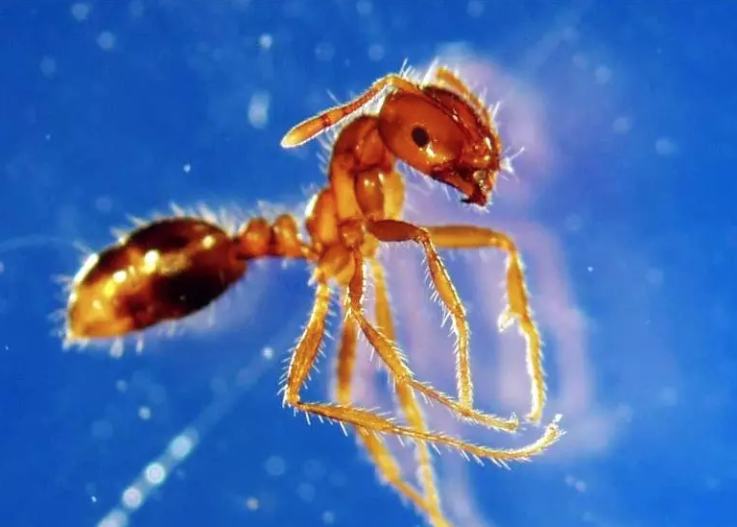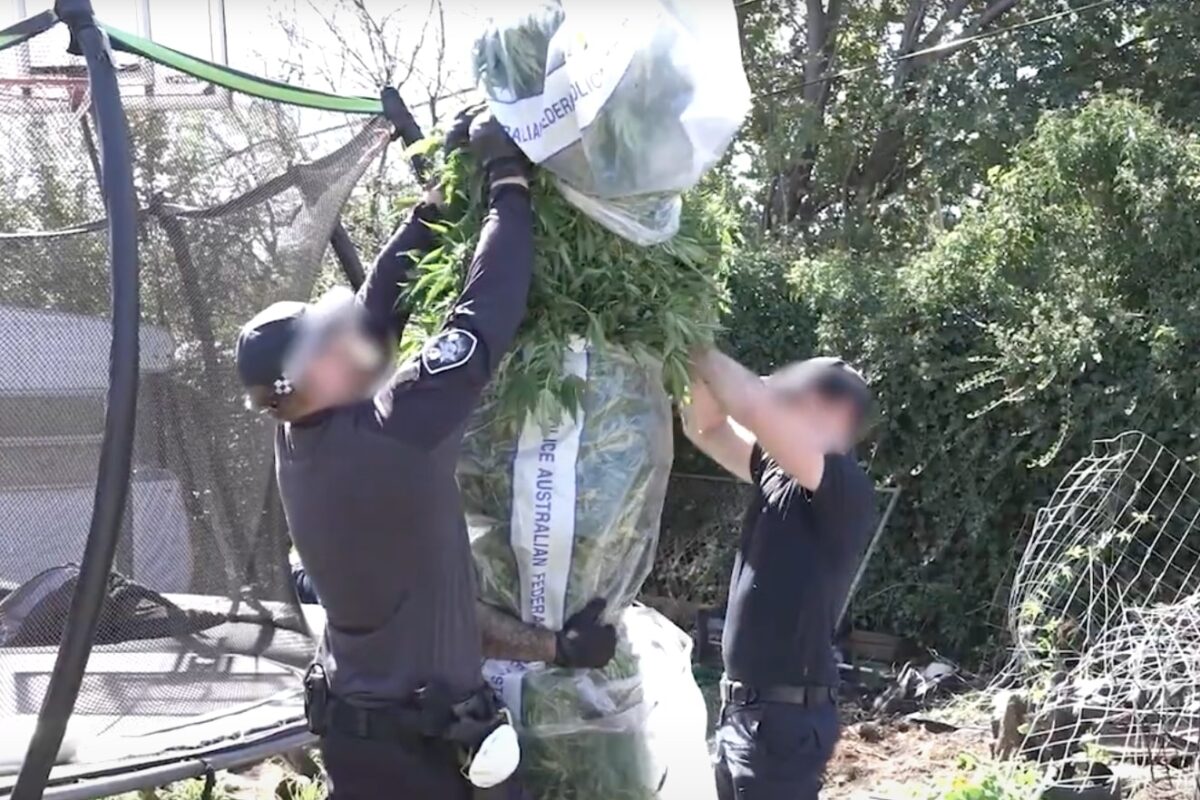
Australia could lose 2.8 per cent of its GDP to fire ants – the equivalent of “half a covid” each and every year, biosecurity analysts have warned.
The government-funded Centre of Excellence for Biosecurity Risk Analysis has offered a new estimate of the hit Australia will take if the super pest is allowed to spread unhindered.
“We project the combined damage to agriculture, recreation and tourism will exceed 1.5 per cent of Australia’s GDP and that the silent costs to the environment will be 1.3 per cent of GDP,” chief executive Andrew Robinson told a parliamentary inquiry.
“Jointly this is 2.8 per cent of GDP which is approximately half of a covid, every year.”
Agriculture would take the biggest hit, he said.
The inquiry has heard from a succession of experts and stakeholders who say 20 years of eradication efforts have failed, with the ant spreading to the north, south and east of the containment zone in southeast Queensland.
Earlier on Tuesday, a leading US fire ants expert said Australia must change its treatment regime if it wants to stop fire ants spreading like cancer across the country.
Dr Robert Puckett, from Texas A&M University, has closely followed Australia’s eradication efforts since 2001.
He’s not sure if eradication can still be achieved.
“If you could get enough toxicant bait to these ants, in all the areas where they occur, yes you can eradicate them. Now can that be done, I don’t know,” he told federal senators.
“If you have enough energy, personnel, finances to drive this process to completion, yeah you may be able to do this.”
But he said the ongoing spread indicated change was needed and urged Australia to innovate, not just follow what other nations have done.
Fire ants cost the United States $US6.7 billion ($A10.3 billion) each year to manage.
The spread there has largely stopped with ants now present in the available suitable habitat, mostly in the country’s south.
But he said much more of Australia was prime habitat for the pest.
“Over 90 per cent of your country is habitat that is suitable for red imported fire ants to thrive and that’s a much larger area than they occupy in the United States.”
He said community buy-in was essential if the war was to be won, especially from people living in areas where they’ve already been detected.
“The folks that live within the quarantine zone – they have to be completely bought in. Nobody can move materials outside of the quarantine zone that might possibly be housing red imported fire ants.
“The boundaries cannot be porous.”
On Monday, the Tweed Shire Council told the inquiry a recent detection at South Murwillumbah, in northern NSW, was believed to be linked to landscaping products from the Gold Coast, which is a fire ant hotspot.
Officials complained about modest signage about the restrictions that are in place around the movement of organic material across the border.
“It doesn’t reflect the urgency or seriousness of the situation,” Mayor Chris Cherry said.
Who can be trusted?
In a world of spin and confusion, there’s never been a more important time to support independent journalism in Canberra.
If you trust our work online and want to enforce the power of independent voices, I invite you to make a small contribution.
Every dollar of support is invested back into our journalism to help keep citynews.com.au strong and free.
Thank you,
Ian Meikle, editor









Leave a Reply